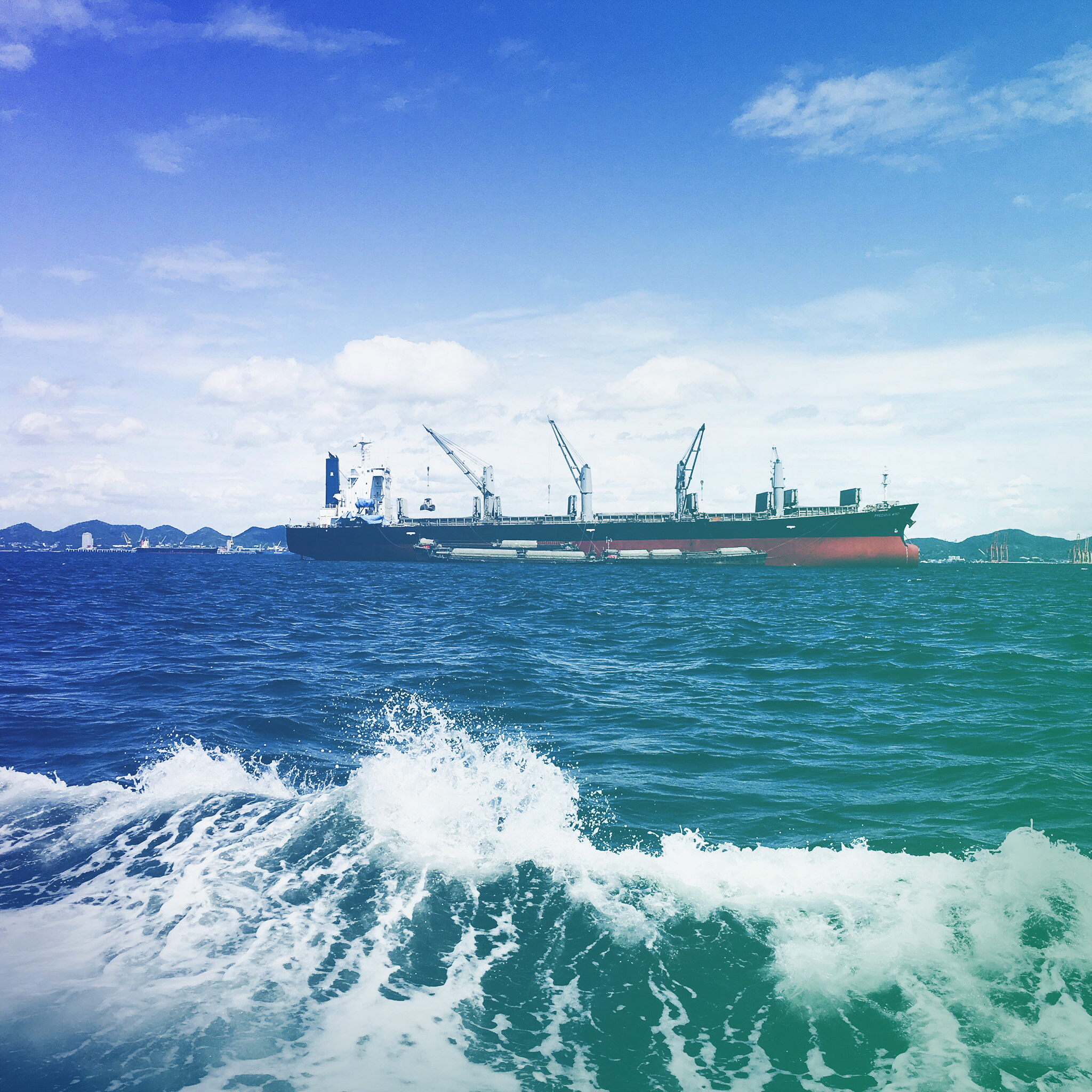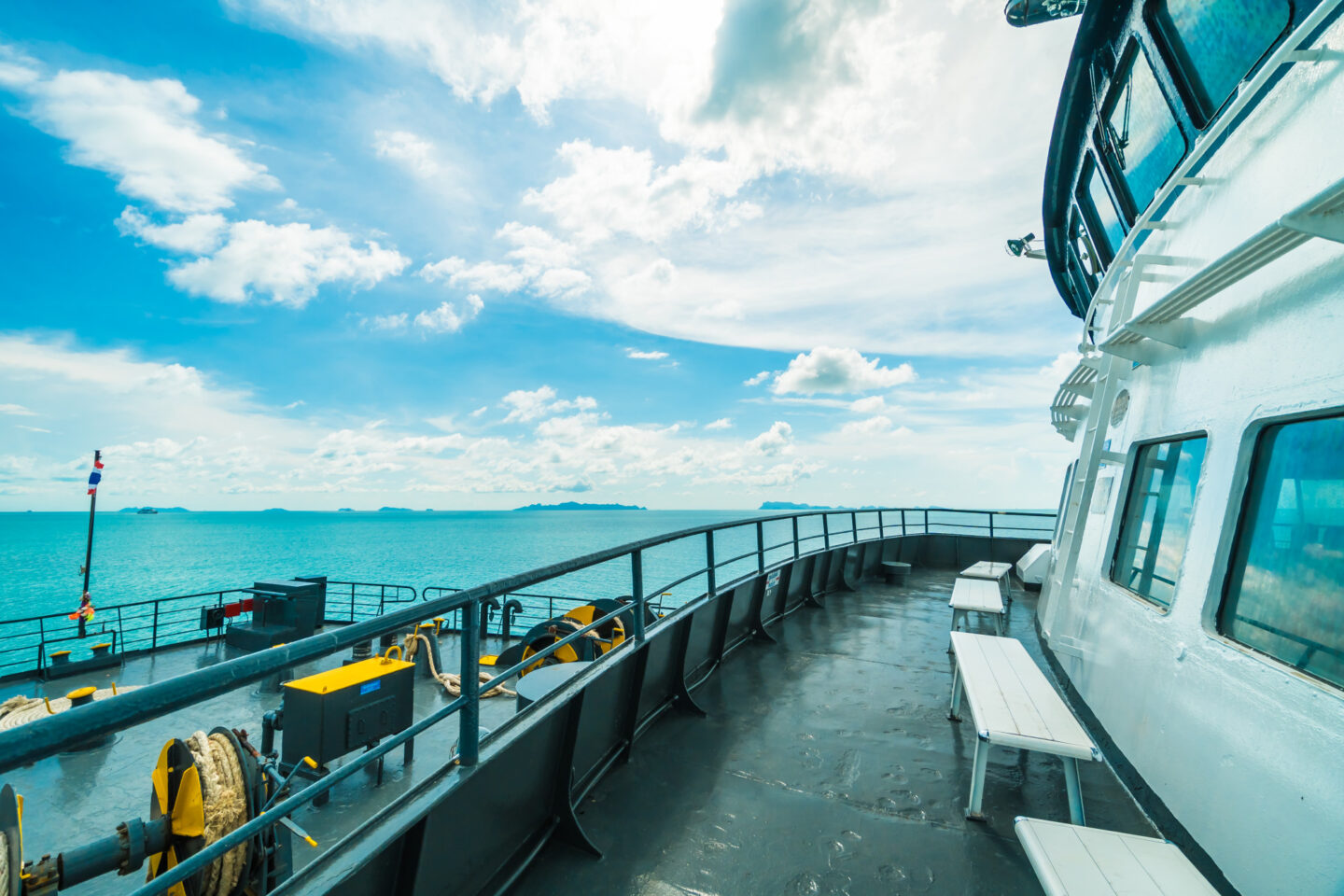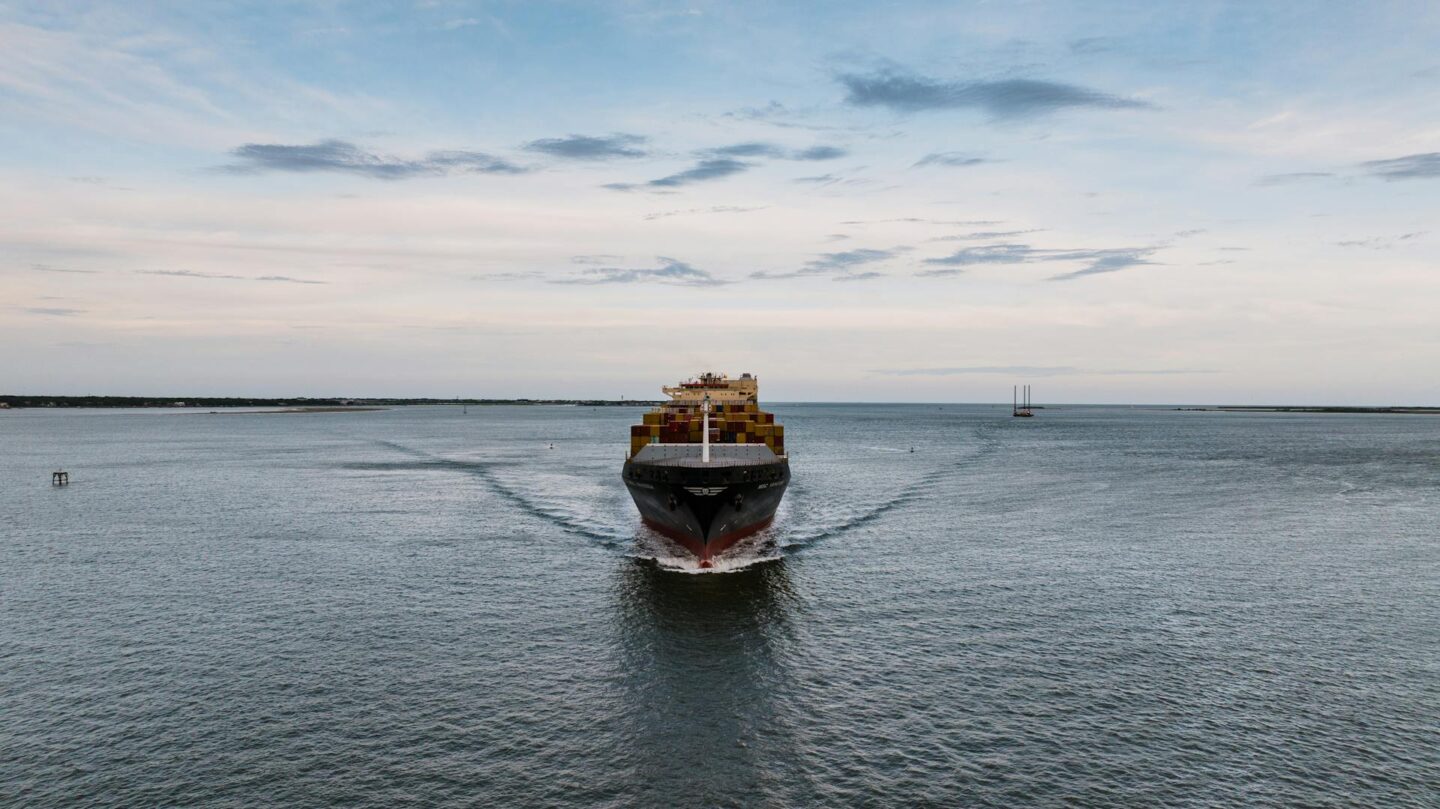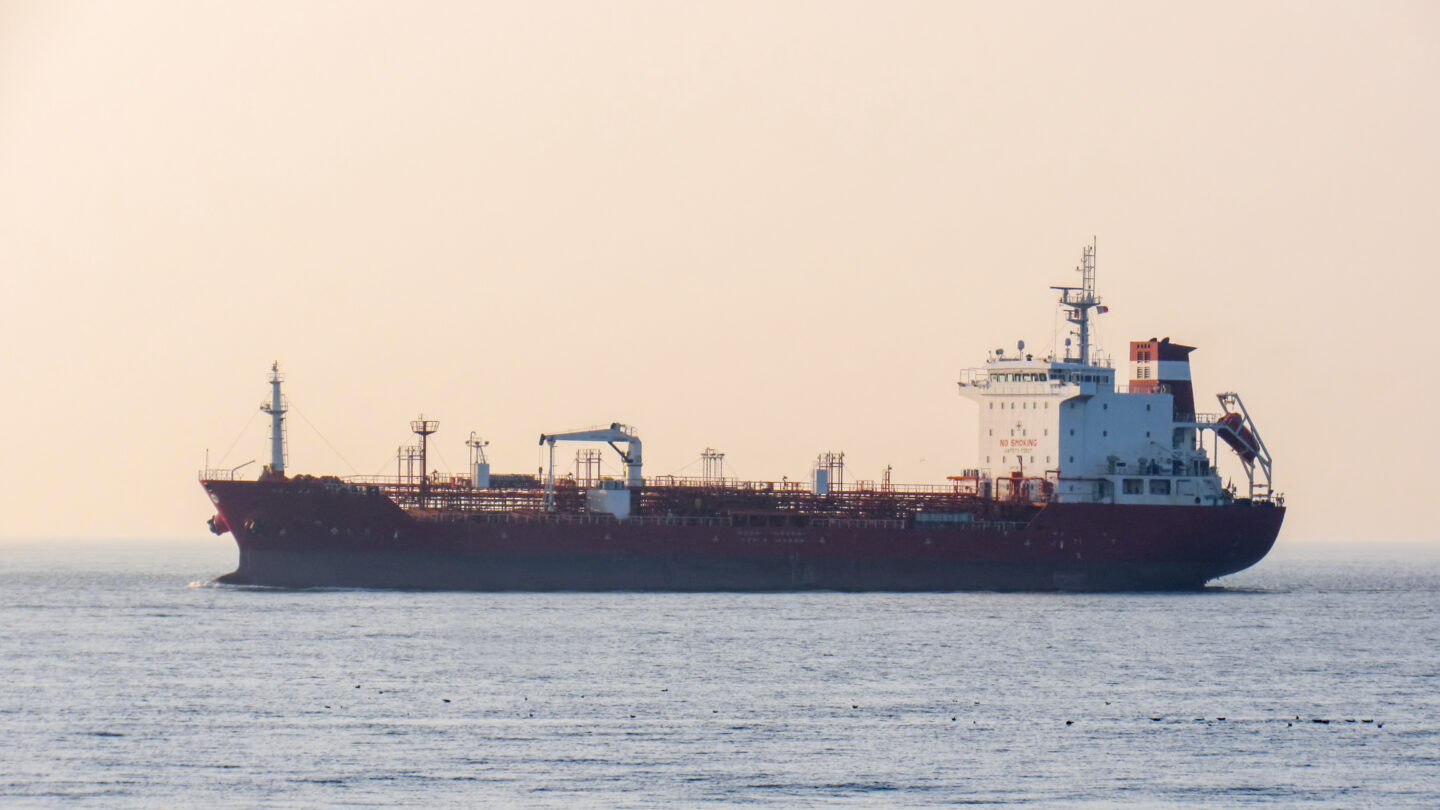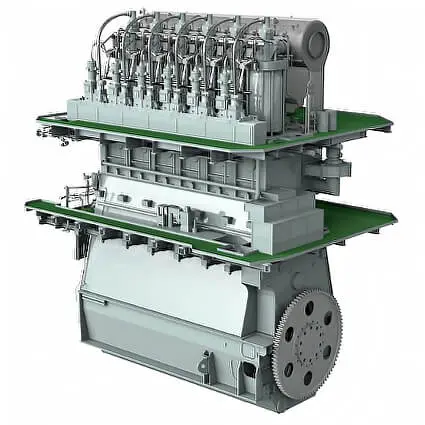Marine vessels require efficient power transfer to operate properly as well as to maintain durability. The propulsion systems of vessels require strong reliable mechanisms to handle various operational loads. The planetary gear system delivers high efficiency as its main purpose in marine propulsion applications. The sophisticated gear systems demonstrate excellent power efficiency while distributing torque perfectly throughout the system to establish themselves as the preferred choice in ship engineering.
What Is a Planetary Gear System and How Does It Work?
A planetary gear system uses three essential parts which include a central sun gear, many planet gears orbiting around it, and an outer ring gear. This configuration enables smooth and efficient power transmission.
Planetary gears both spin around the sun gear and rotate independently on their axis to develop dynamic motion which optimises torque delivery. Its design classification as an epicyclic gear train enables this mechanism to produce high torque while maintaining a compact size that works effectively for ship transmissions. Planetary gears keep marine engine spaces efficient because they occupy little room.
Why Ships Use Planetary Gear Systems for Power Transmission
High-Power Capabilities for Marine Applications
Planetary gear systems are specifically designed for high-power transmission, making them ideal for ship propulsion. Their ability to handle extreme loads ensures optimal performance under varying sea conditions. The distributed load mechanism within these gears allows ships to operate efficiently without experiencing excessive mechanical stress.
Maritime conditions demand that ships receive a steady power supply for reliable propulsion. The construction of planetary gear systems handles intensive mechanical strain so ships achieve maximum performance levels from their engines. Such gears serve large ships like oil tankers and cargo ships specifically because they deliver the major torque needed for navigation across different ocean conditions.
High Torque with Maximum Efficiency
The main strength of planetary gearboxes provides both efficient torque delivery and power savings at the same time. The optimised gear train mechanics of planetary systems decrease system energy waste which allows ships to consume less fuel. The combination of reduced costs and enhanced propulsion efficiency becomes achievable because of planetary gearbox systems for essential long-distance and fuel-efficient maritime operations.
Speed Reduction and Optimised Gear Ratio
The ability to adjust gear ratios makes planetary gear systems highly valuable in marine applications. By achieving precise speed reduction, these systems help ships optimise their fuel consumption and overall control. A well-balanced gear ratio ensures that engines operate within their ideal efficiency range, reducing wear and extending operational lifespan.
Even Load Distribution for Longevity
Planetary gear systems distribute mechanical loads evenly across multiple gears, reducing stress on individual components. Ship propulsion systems experience less stress and last longer due to these systems. The equipment can handle heavy use without breaking down which leads to longer maintenance intervals and saves money for operators.
Key Components of a Planetary Gear System
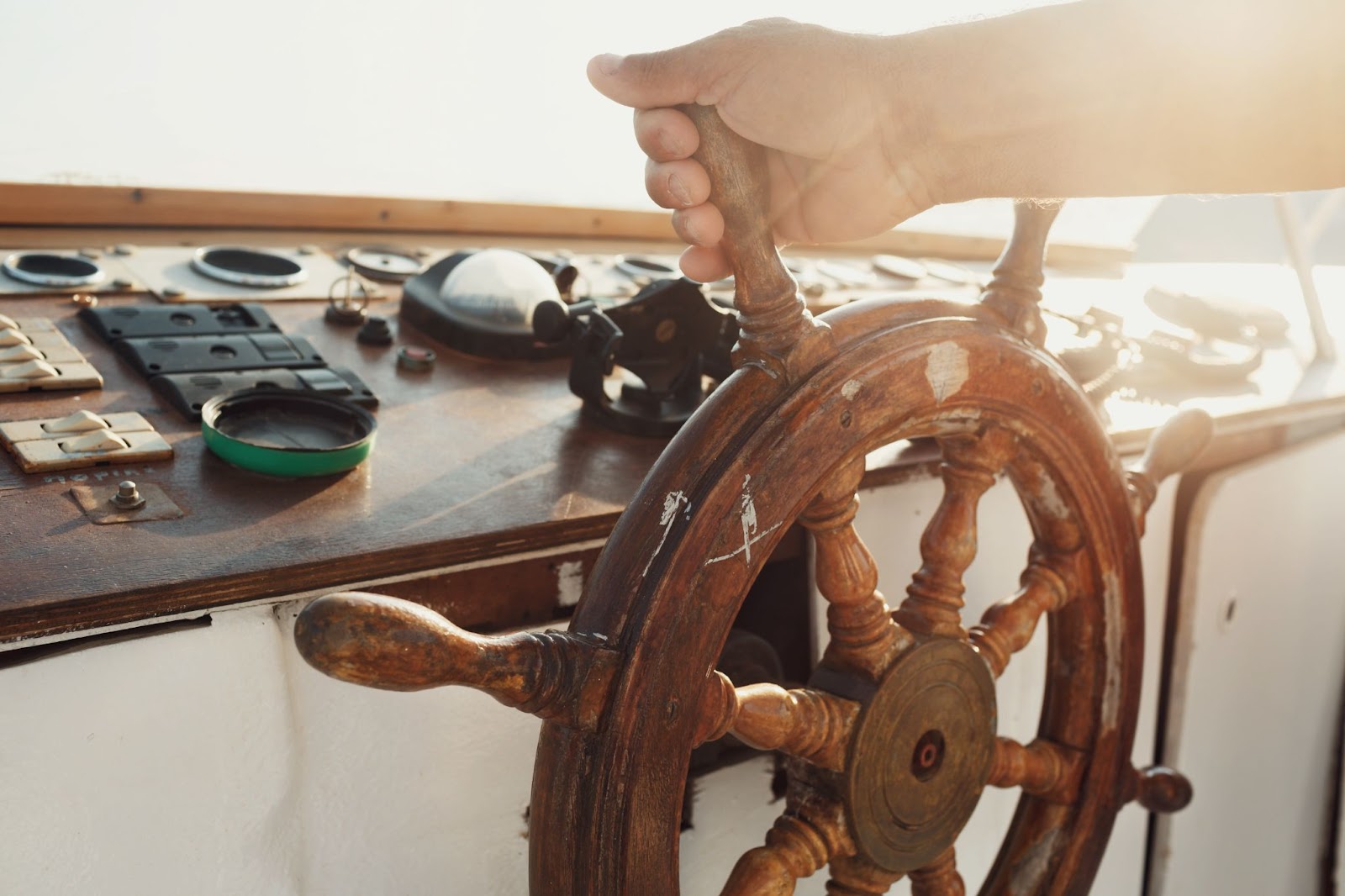
Sun Gear, Planet Gears, and Ring Gear
The sun gear is the central driving component, while the surrounding planet gears interact with both the sun and ring gear. This arrangement ensures smooth torque transmission and improved mechanical efficiency. The inclusion of helical gears or internal spur gears further enhances power delivery in marine applications, reducing noise and vibration.
Gear Trains and Reduction Ratios
Planetary gear trains optimise power transmission by offering adjustable reduction ratios. Different gear meshes within the system allow for customised performance, ensuring ships can adapt to various propulsion requirements. Some marine applications incorporate bevel gears to enhance directional control and manoeuverability.
Gear reduction ratios control power distribution between input shafts and output shafts, thus enabling ships to obtain the most effective combination of speed and torque capabilities. Multi-stage planetary gear systems offer ship operators enhanced operational flexibility because they enable efficient performance across different sea conditions. The combination of planetary gear systems with bevel gears improves ship turning abilities, which makes them beneficial for restricted water navigation.
Conclusion
Ship power transmission efficiency depends heavily on planetary gear systems because they deliver high torque strength along with efficient speed reduction capability and durable operational performance. The uniform distribution of loads through planetary gear systems increases the operational duration while maximising system energy use. Marine engineering progress, along with ongoing design improvements in planetary gears, will boost ship propulsion systems’ efficiency and sustainability.
